Snake plants (Dracaena trifasciata, formerly Sansevieria) are often called “indestructible” — but even the toughest plants follow nature’s rhythms. As temperatures drop and daylight shortens, your snake plant naturally enters a state of dormancy. Understanding this winter slowdown — and adjusting your care accordingly — is essential for long-term health and lush growth come spring.

What Is Dormancy in Snake Plants?
Dormancy is a biological rest period when growth slows or stops entirely. For snake plants, this typically occurs from late autumn through early spring, depending on light exposure and indoor temperatures. While it may look like your plant has “paused,” internally, it’s conserving energy and maintaining root health.
Unlike deciduous trees that shed leaves, snake plants simply reduce metabolic activity — fewer new shoots, minimal water absorption, and less nutrient use. Recognizing dormancy means you won’t overcare your plant when it’s resting.
Also Read- Snake Plant Dormancy: What to Expect During Winter Months
How to Identify Dormancy
Common signs your snake plant is dormant include:
- Slowed or no new leaf growth
- Soil staying moist for longer periods
- Cooler leaf temperature and stiffer blades
- No visible root expansion
- A stable, unchanging appearance for weeks
These changes aren’t a cause for alarm. In fact, they’re a healthy adaptation to shorter days and lower light.
Winter Light Adjustments
Light is the biggest factor in snake plant dormancy. As daylight decreases, the plant’s ability to photosynthesize declines. To support it:
- Move closer to natural light sources — Place your plant within three feet of a bright, indirect light window.
- Rotate regularly — Turn the pot every two weeks to ensure even light distribution.
- Supplement with grow lights — If your home lacks sunlight, use a full-spectrum LED for 8–10 hours daily.
Avoid exposing your snake plant to harsh midday rays from cold windows — sudden temperature shifts can stress or scar the leaves.
Also Read-How EMF Radiation and Wi-Fi Exposure May Impact Snake Plant Growth Indoors
Watering in Winter: The Golden Rule
Overwatering is the #1 killer during dormancy. When metabolic activity slows, your snake plant’s roots take in far less water.
- Frequency: Water every 3–5 weeks depending on your home’s humidity and warmth.
- Test first: Insert your finger two inches into the soil; only water if completely dry.
- Use less water: Pour just enough to moisten the soil lightly, never saturate.
- Temperature matters: Use room-temperature water to avoid shocking cold roots.
If your plant sits in a dark or cool corner, reduce watering further — too much moisture can lead to root rot during dormancy.
Fertilizing and Feeding: Put It on Pause
During winter, your snake plant won’t use nutrients efficiently. Fertilizing at this time can stress the roots or cause salt buildup.
- Stop feeding entirely from November to March.
- Resume light feeding in April or May when new shoots emerge.
- Use a balanced, diluted fertilizer (10-10-10) once every 6–8 weeks during the growing season.
Think of winter as a fasting period — no “meals,” just rest and recovery.
Also Read- Snake Plants in Extreme Indoor Climates: Can They Handle Constant AC or Heating?
Temperature and Humidity Management
Snake plants prefer steady, moderate indoor climates — avoid extreme cold or hot drafts. Ideal winter temperature range: 60–75°F (15–24°C).
Keep your plant away from:
- Radiators or space heaters
- Drafty windows or doors
- AC vents or humidifiers blowing directly
Snake plants can tolerate low humidity, but if your air is very dry (under 30%), a small pebble tray with water beneath the pot can help stabilize moisture levels.
Repotting and Pruning: Not Yet
Resist the urge to repot or prune heavily during winter. The plant’s slow metabolism means it won’t recover quickly from disturbances. Wait until early spring for any of these actions. However, you can gently remove dead leaves at the base to prevent fungal issues.
Common Winter Mistakes to Avoid
- Overwatering: Roots rot easily in cold soil.
- Cold shock: Avoid windowsills where temperatures drop below 55°F.
- Over-fertilizing: Leads to leaf burn and salt crusting.
- Ignoring airflow: Stagnant air encourages mold in overly humid rooms.
A patient, low-intervention approach is best. Your snake plant isn’t dying — it’s simply resting for the next growth season.
Spring Recovery: The Reward of Patience
By late winter or early spring, you’ll notice new upright leaves emerging. This signals dormancy is ending. At this stage:
- Increase watering gradually.
- Move to a brighter spot.
- Resume monthly feeding.
Your patience during dormancy pays off — the plant will grow stronger, taller, and more vibrant.
Final Thoughts
Winter dormancy isn’t a problem; it’s a natural rhythm your snake plants depends on for long-term resilience. By reducing water, avoiding fertilizer, and protecting from cold stress, you give it the restorative break it needs. Come spring, your snake plant will reward you with healthy, upright leaves that remind you — even rest is part of growth.


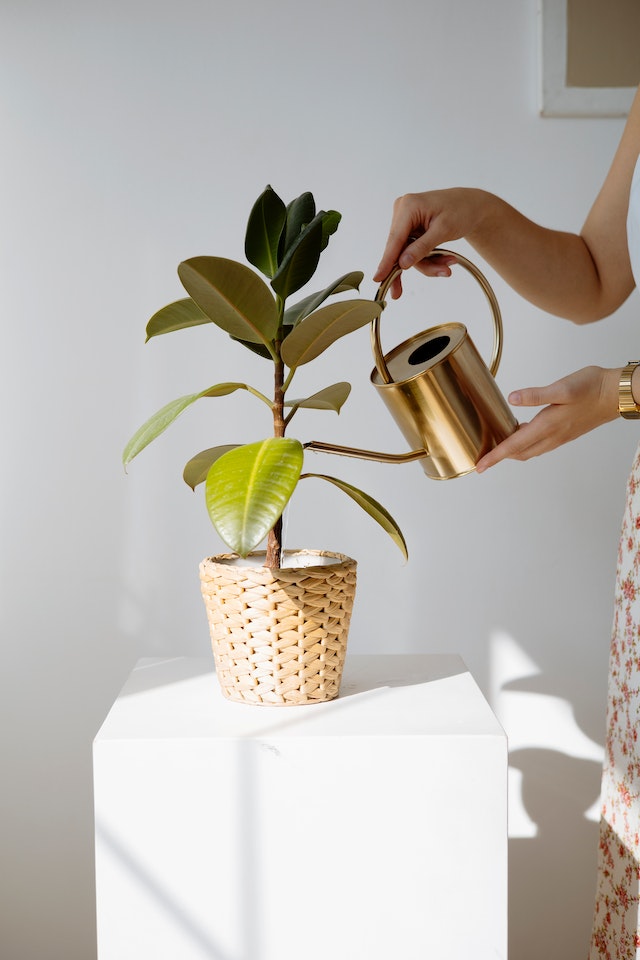



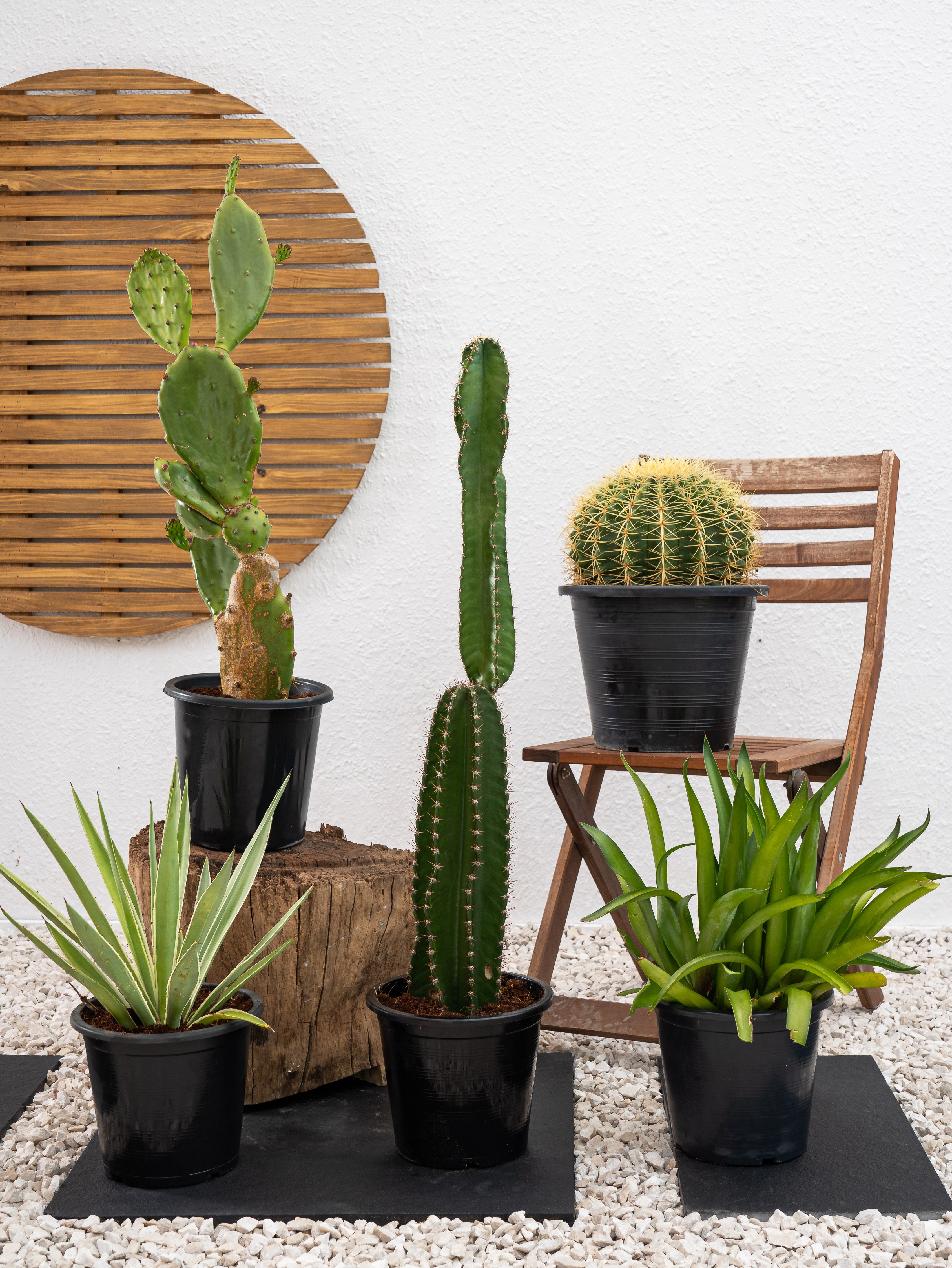
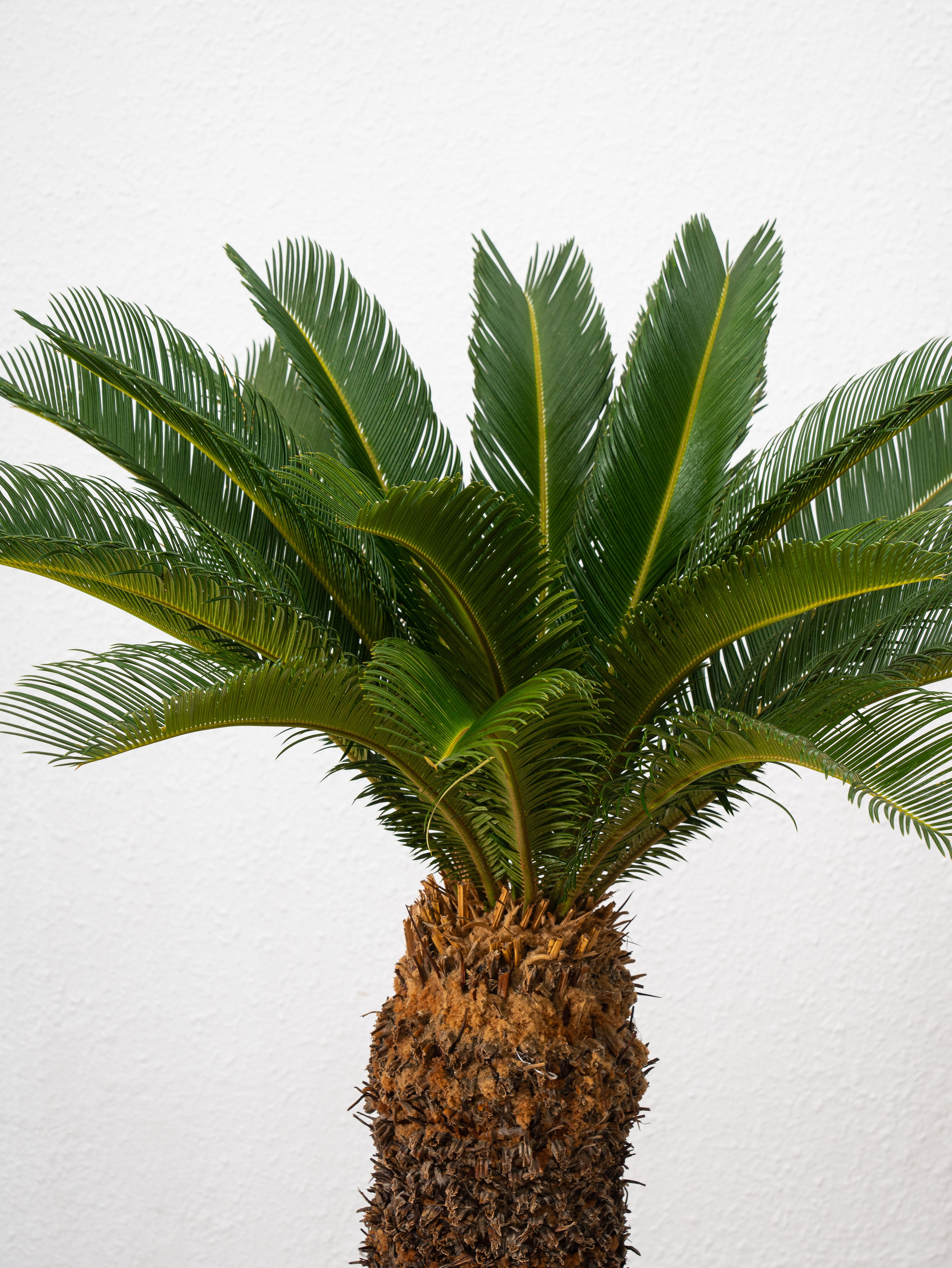
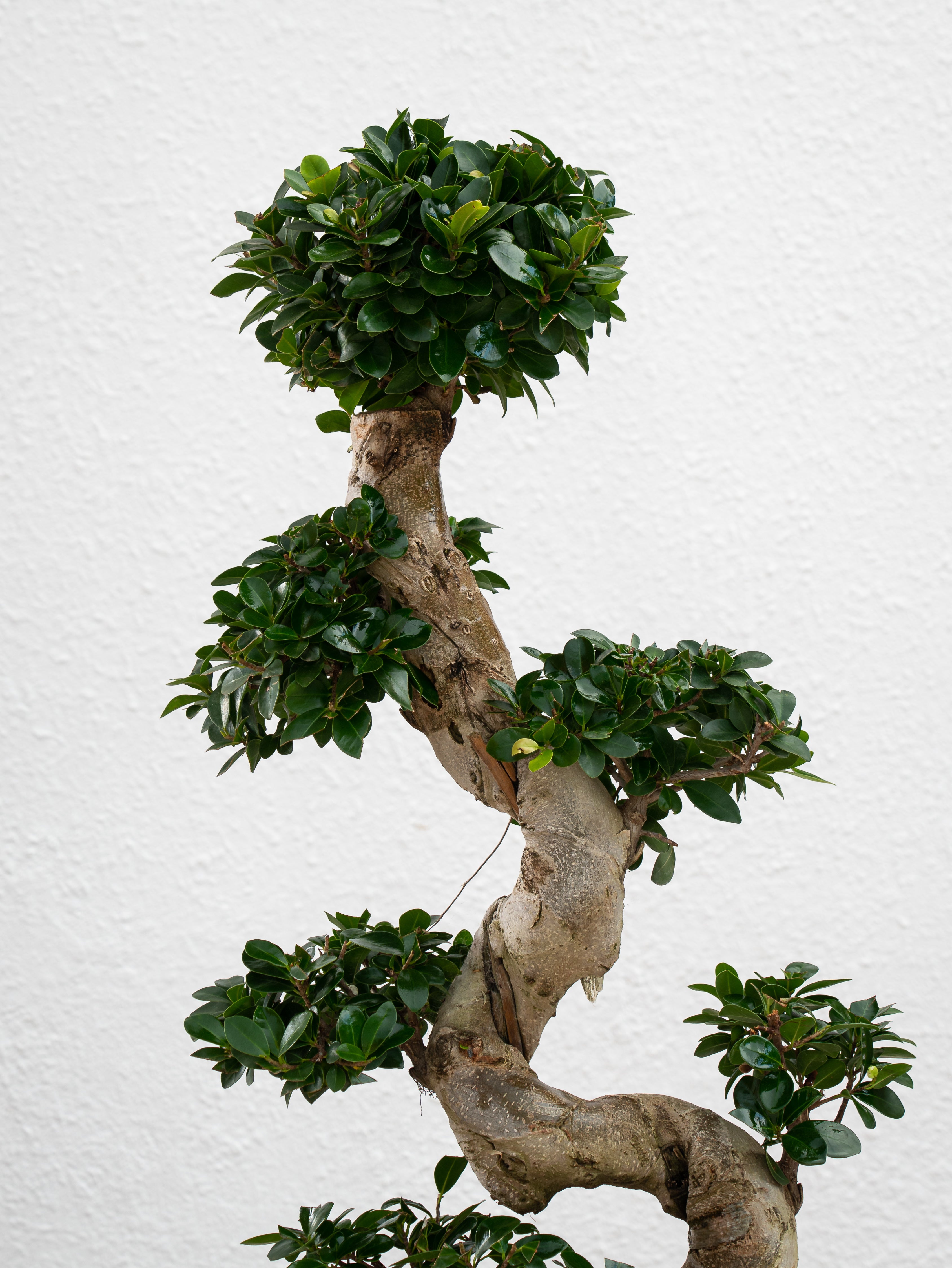
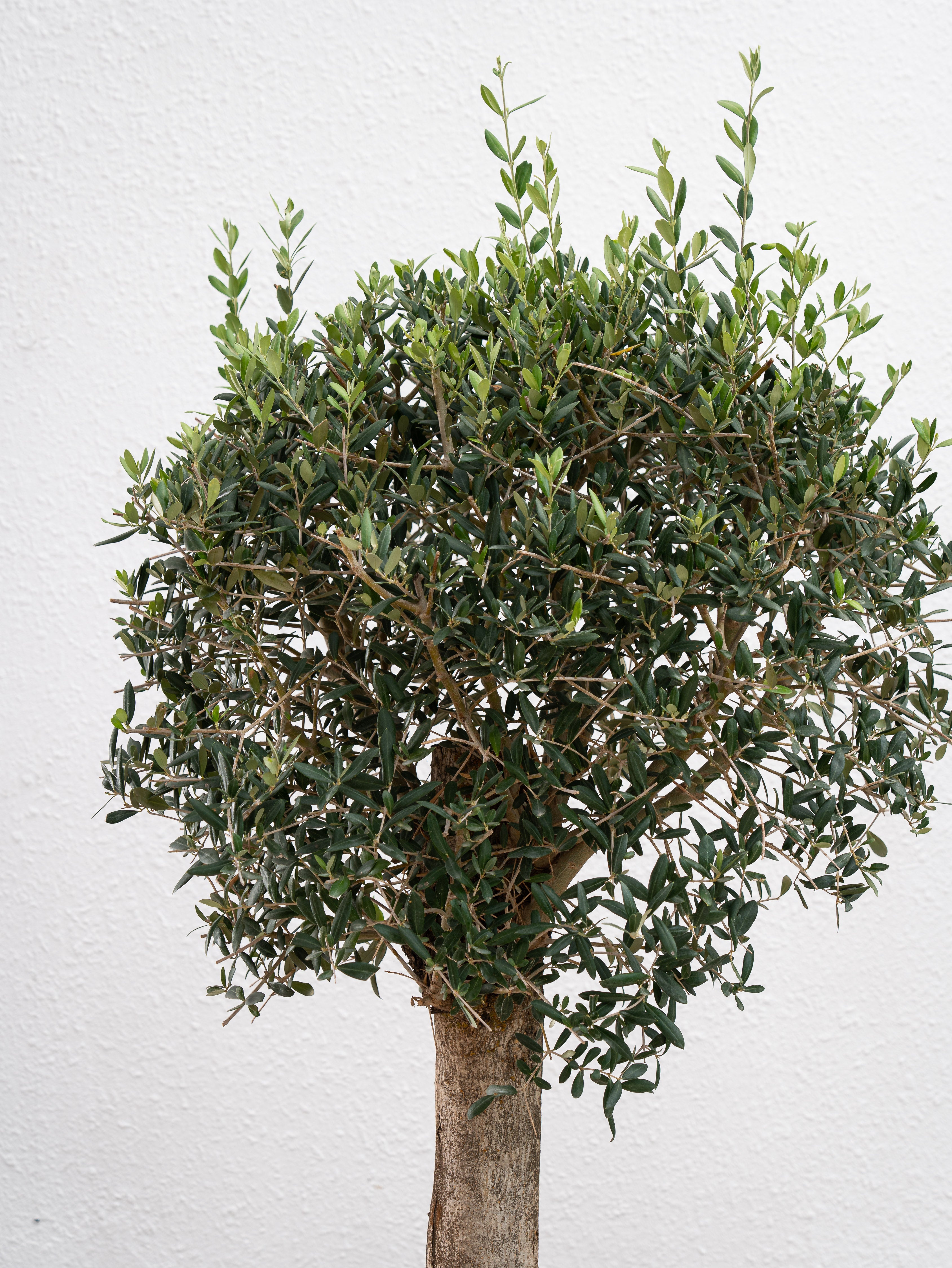

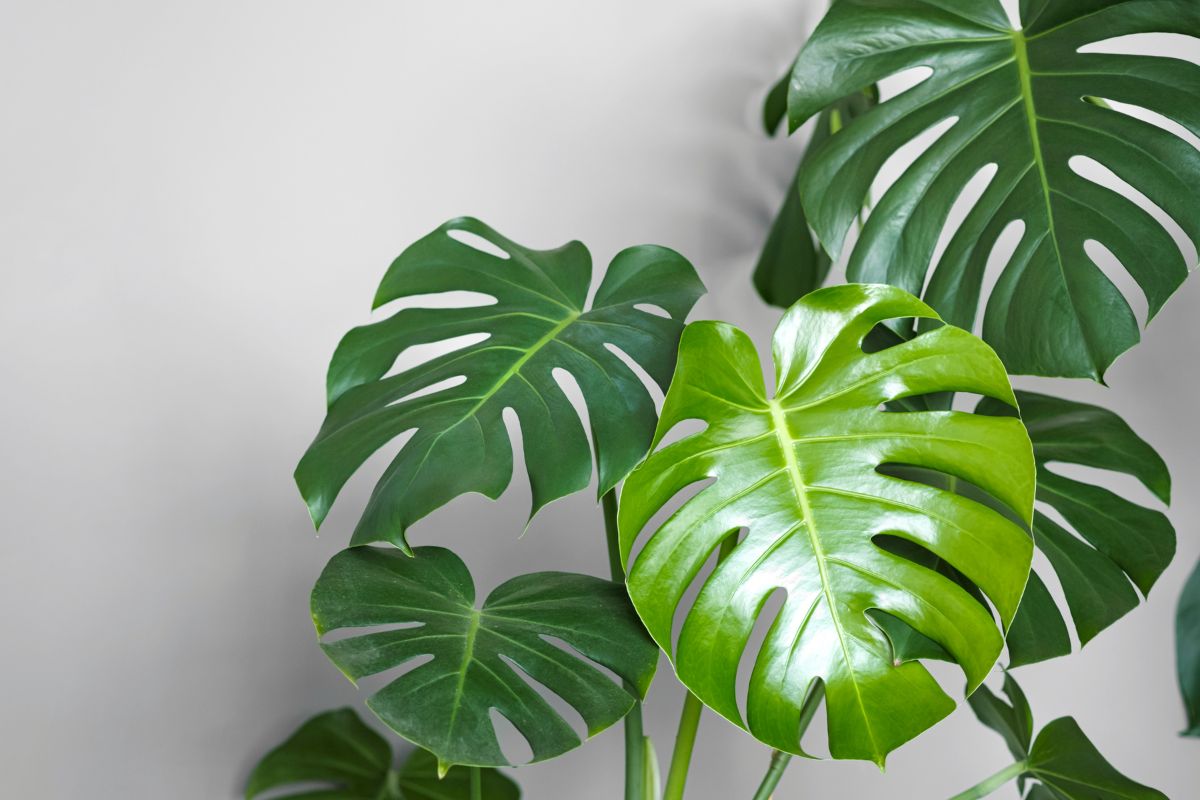
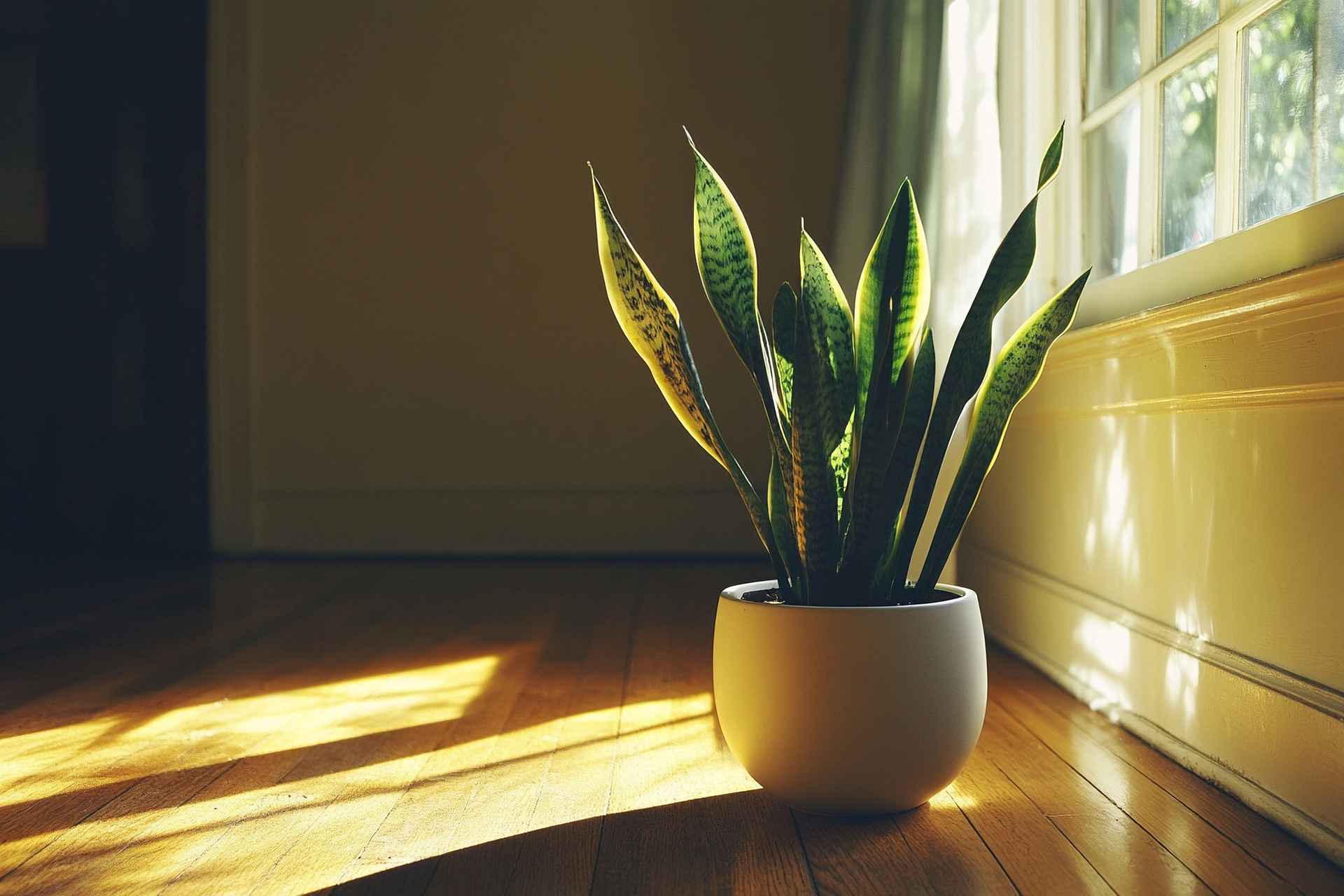
Leave a comment
This site is protected by hCaptcha and the hCaptcha Privacy Policy and Terms of Service apply.